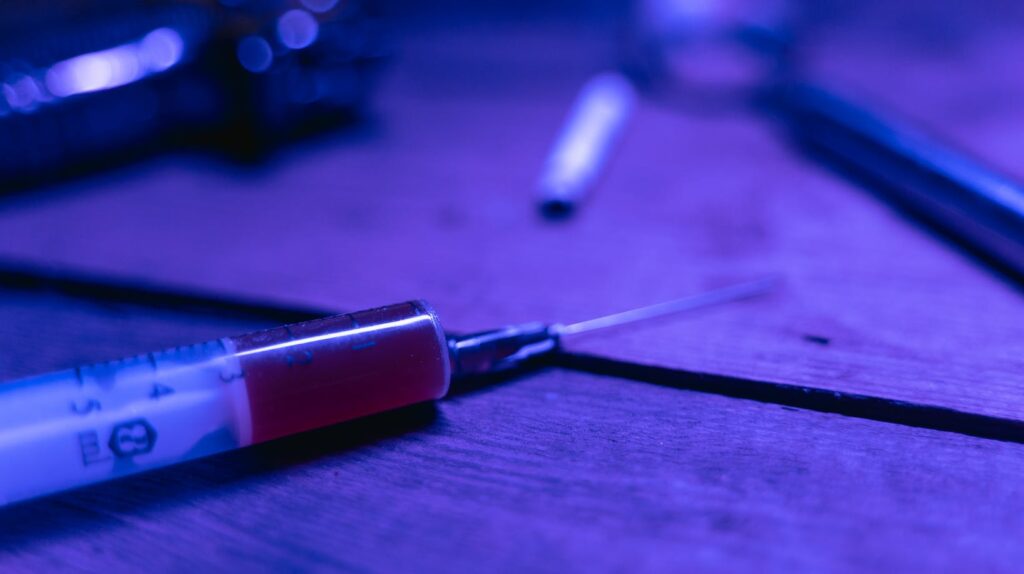
Drug overdoses account for more cases of accidental deaths than any other cause in the modern era, with opioid overdose rates surpassing historical highs in fatalities from automobile crashes, gun violence, and HIV infection.
Many factors have contributed to this epidemic, chief among them being the excessive prescription of opioids by doctors and the introduction of potent heroin. The emergence of highly potent synthetic opioids like fentanyl has given the epidemic more momentum and urgency. Many people often take these synthetic substances inadvertently, combined with illegal street heroin or counterfeit prescription opioids.
Hence, the necessity of treating opioid addiction is becoming more widely accepted. Suboxone, a well-known drug employed to treat opioid use disorder (OUD), has emerged as a remedy. It acts on the brain to lessen cravings, deter withdrawal symptoms, and stop relapses. This article will look at the effects of suboxone on brain chemistry and how it functions.
What is Suboxone?
Naloxone and buprenorphine are the two main ingredients in the prescription medication Suboxone. Buprenorphine is a prescription drug with some partial opioid-like properties. Naloxone can counteract the adverse reactions of opioids by blocking their receptors.
The sole active component of Suboxone is buprenorphine when taken orally, as directed by the physician. Since naloxone can only be active intravenously (when injected), buprenorphine and naloxone were combined to deter inappropriate intravenous Suboxone use.
There are numerous advantages to suboxone treatment for people trying to overcome opioid addiction. Medical practitioners usually apply Suboxone as a thin film. They put it under the person’s tongue and wait for it to dissolve.
Suboxone can be used to lessen the usual withdrawal symptoms and cravings for opioids in patients who are starting the medical detoxifying process and entering withdrawal.
Buprenorphine Mechanism of Action
Endorphins belong to naturally occurring opioids released in the brain at synapses and stimulate opioid receptors, triggering the typical mu-opioid reaction. Pain relief, excitement, constipation, and breathing difficulties are some mu-opioid reaction effects.
The same receptors are activated when external opioids, such as heroin, are consumed and penetrate the brain, yielding the same effects. At some doses, exogenous opioids have a 100% maximal stimulation effect on the receptors because they are full mu-opioid agonists.
However, buprenorphine functions as a partial agonist. Constipation, pain relief, excitement, and respiratory depression are the same effects it produces when it activates mu-opioid receptors. However, buprenorphine produces these effects only to a certain extent.
Since these reactions do not exceed a set limit when buprenorphine dosage is increased, medical experts refer to this phenomenon as the “limit ceiling effect.”
There is a cap on breathing difficulties due to buprenorphine’s ceiling effect. It is among the factors that make it safe to prescribe this drug.
It also implies that increasing the dosage of buprenorphine does not produce any more euphoric effects. It is significantly different compared to other full agonist opioids, such as heroin, morphine, or oxycodone, where increasing the dosage results in increased euphoria.
Therefore, medical practitioners can rely on patients to use one or two tablets daily and not to take any more.
Moreover, buprenorphine attaches to opioid receptors extremely tightly due to its high affinity for these receptors. Other commonly used full agonists like cocaine, morphine, oxycodone, and heroin will not replace buprenorphine if bound to the receptors.
Patients benefit significantly from buprenorphine because it prevents them from experiencing euphoria, even if they’re abusing heroin. Premature withdrawal is now a possibility when you consider these two ideas about buprenorphine, a partial agonist, and its profound affinity for the opioid receptors.
The Role of Naloxone
The second component of Suboxone, naloxone, is an antagonist of opioids. By attaching to the opioid receptors in the brain, it prevents the effects of other opioids, including heroin and oxycodone.

The addition of naloxone to Suboxone serves as an insurance policy against misuse. Naloxone, a component of Suboxone, causes rapid withdrawal in those who try to inject or snort it. It is an unbearable experience.
This serves as a deterrent, preventing people from abusing the drug and encouraging compliance with the recommended sublingual administration technique.
Naloxone, on the other hand, remains dormant and does not impede buprenorphine’s curative properties when taken as prescribed.
Who Takes Suboxone?
Suboxone treatment is a possibility for almost anybody who fits the criteria for opioid use disorder. Furthermore, there aren’t many medical conditions that prevent someone from taking Suboxone. Most patients can safely use it if a licensed Suboxone provider monitors them.
Suboxone might be an excellent choice for you if you are ready to follow a treatment plan and are dealing with OUD. It’s critical to speak with your physician to discover if Suboxone is the best choice for your situation.
How to Give Suboxone
Two forms of Suboxone are available: sublingual tablets and sublingual strips. You can effectively treat opioid use disorder with either method; the preference of the patient is a fundamental factor in the decision.
Difference Between Suboxone And Other Opioids
Suboxone is categorized as an opioid; however, it is crucial to distinguish between medication-assisted treatment and addiction. Contrary to addiction, defined by persistent drug abuse despite side effects, Suboxone treatment is an organized rehabilitation regimen designed to assist people in quitting opioid misuse.

Suboxone offers a safer option for treating opioid use disorder rather than just switching out one addiction for another.
Treating Opioid Addiction
One safe way to start on the road toward overcoming opioid addiction is with Suboxone treatment. However, it is only one component of medical care for addiction disorders. There are mental causes of addiction that need to be addressed in addition to the physical ones that drugs can treat.
When combating substance use disorders, there are numerous factors to consider. Genetics and underlying conditions like trauma or psychological disorders can be vital. Patients often require therapy to focus on those concerns and heal.
Another crucial component of addiction treatment is preventing relapses. Suboxone can lessen the desire to use illegal opioids. However, people must learn coping skills to avoid becoming reliant on drugs in the future.










